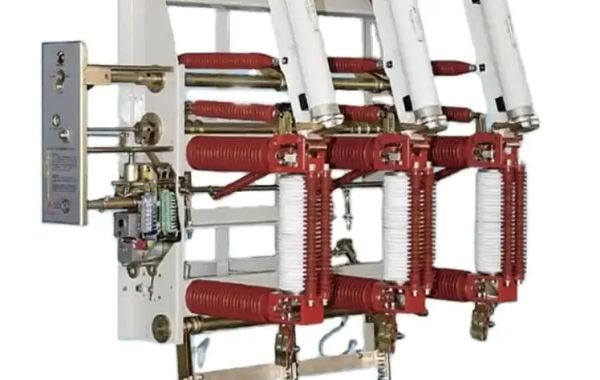Low voltage switchgear is an essential component in electrical distribution systems, providing control, protection, and isolation of electrical circuits operating at low voltages, typically up to 1,000 volts. It is used in a wide range of applications, including commercial buildings, industrial facilities, and residential complexes, to ensure the safe and efficient distribution of electrical power.
The primary components of low voltage switchgear include circuit breakers, switches, contactors, fuses, and protective relays. Circuit breakers are designed to automatically interrupt the electrical flow in case of an overload or short circuit, preventing damage to the electrical system and reducing the risk of fire. Switches and contactors are used to control the flow of electricity, enabling the safe operation and maintenance of electrical equipment.
Low voltage switchgear also incorporates various protective devices, such as residual current devices (RCDs) and overload relays, which provide additional layers of safety by detecting faults and abnormal conditions. These devices help prevent electrical accidents and ensure the continuous operation of critical systems.
One of the key benefits of low voltage switchgear is its modular design, which allows for easy customization and expansion to meet specific application requirements. This flexibility is crucial in adapting to changing power demands and integrating new technologies. Moreover, modern low voltage switchgear often includes advanced monitoring and control features, enabling real-time supervision and remote management of the electrical network.
Another important aspect of low voltage switchgear is its role in energy efficiency. By optimizing the distribution and use of electrical power, switchgear can help reduce energy losses and improve the overall performance of the electrical system. This is particularly important in large-scale installations where energy savings can lead to significant cost reductions.
In conclusion, low voltage switchgear is a vital element in electrical distribution systems, providing essential functions of control, protection, and isolation. Its modularity, safety features, and role in energy efficiency make it indispensable in ensuring the reliable and efficient operation of electrical networks across various applications.






